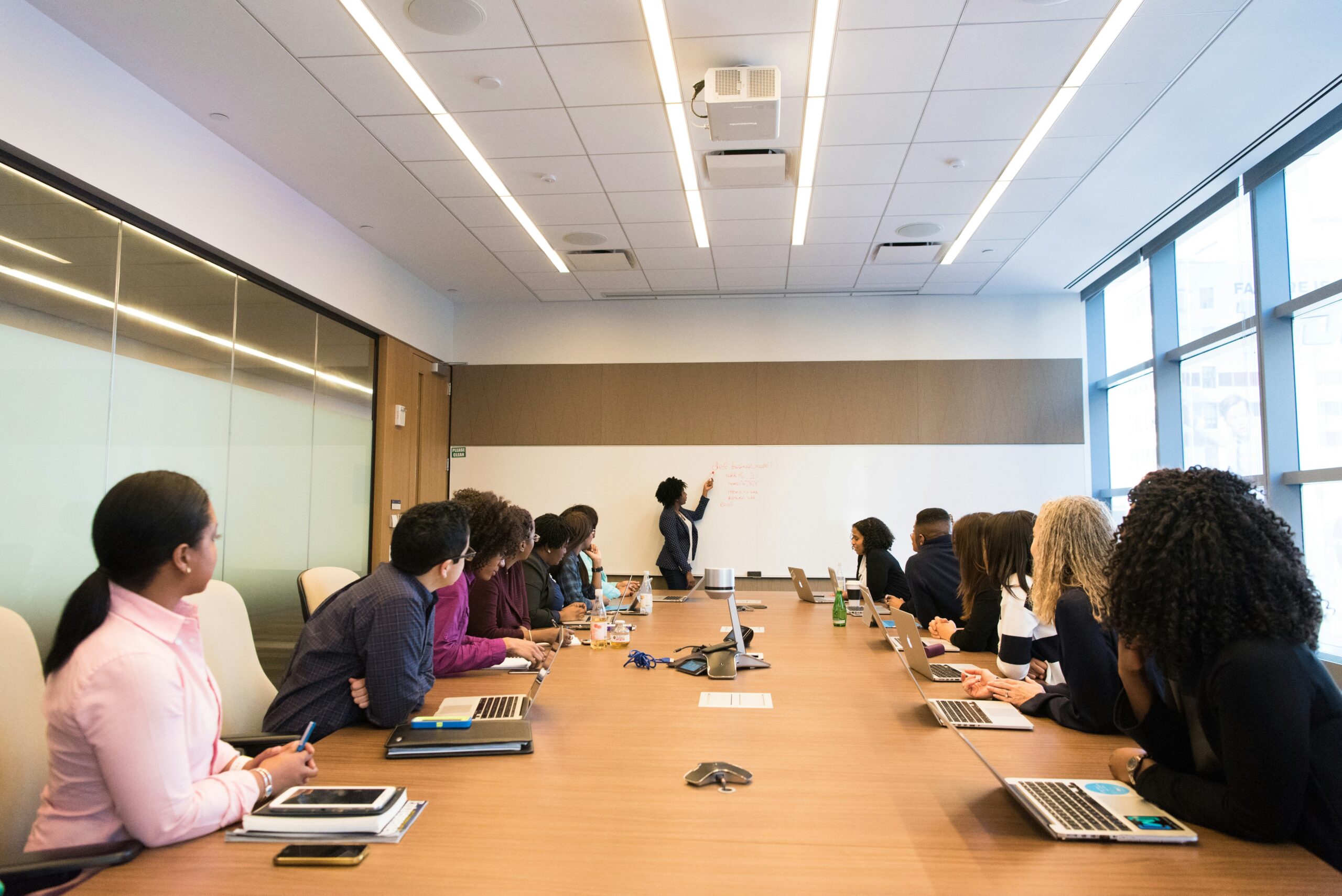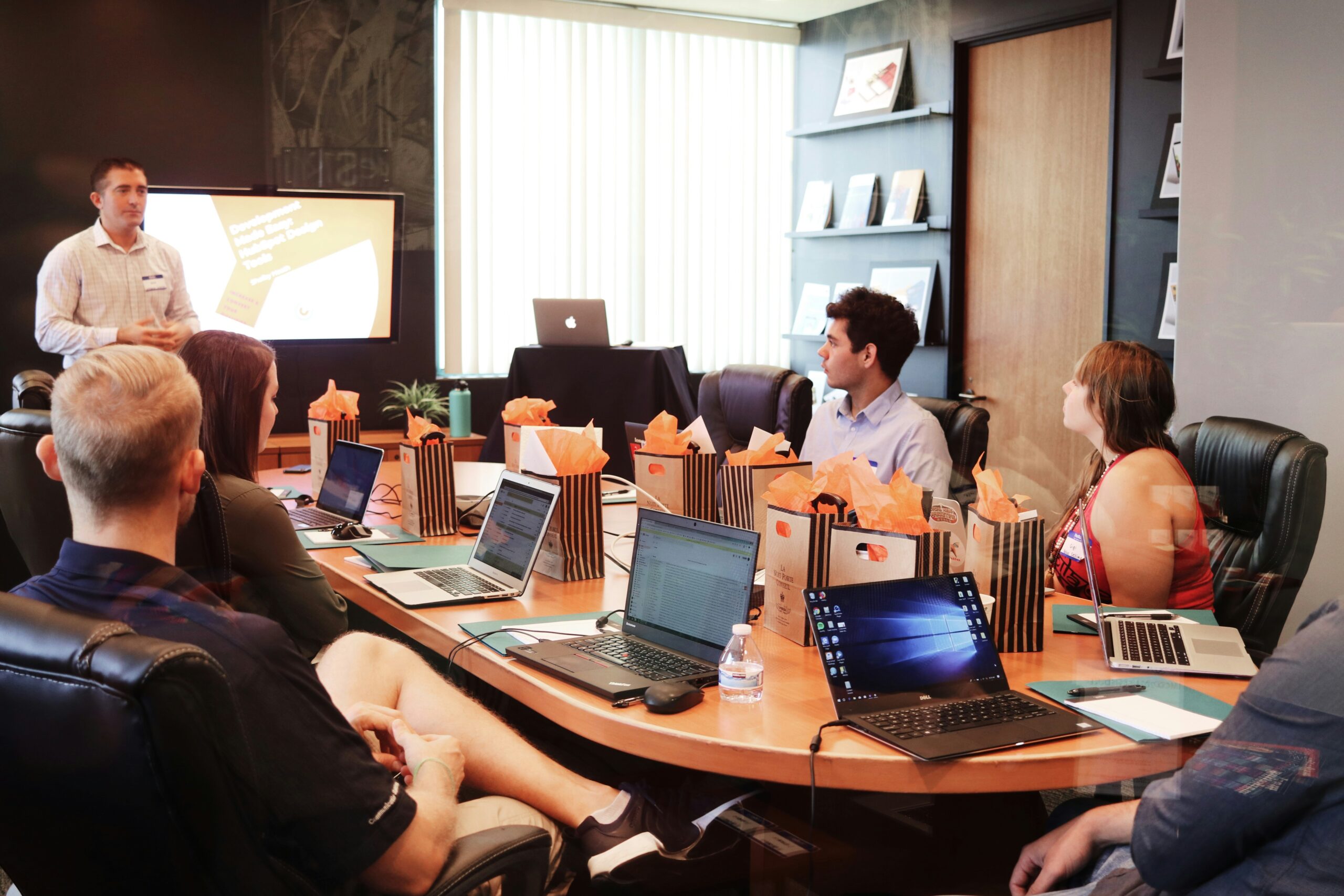Upselling is no longer just an optional sales technique—it’s a core strategy for businesses aiming to increase revenue and build lasting customer relationships. When combined with automation, data, and behavioral insight, upselling becomes a seamless part of the customer experience. Rather than simply offering more expensive options, strategic upselling adds value, enhances satisfaction, and deepens brand trust. This blog explores how to implement upselling effectively by focusing on personalization, timing, automation, and analytics to drive long-term growth.
Key Takeaways
- Strategic upselling deepens customer loyalty while increasing overall revenue.
- Personalized offers aligned with customer behavior feel relevant and well-timed.
- Automation and CRM tools make scalable, real-time upsell delivery possible.
- Testing timing and using high-response channels improve conversion rates.
- Tracking metrics like conversion rate and average order value ensures performance stays on track.
Why Strategic Upselling Is Crucial for Long-Term Business Growth

Upselling isn’t just a revenue booster—it’s a long-term growth strategy. When done correctly, it helps businesses deepen customer relationships, increase satisfaction, and strengthen retention. Rather than aggressive tactics, effective upselling involves understanding the buyer journey and identifying value-aligned opportunities. It’s essential to align offers with real needs rather than just pushing higher-cost options. A well-structured upsell complements the core purchase, providing extra value and reinforcing brand trust. Integrating upsell strategies into automated workflows also improves timing and reach, turning one-time customers into repeat buyers.
Aligning Offers With Customer Intent
Upselling must reflect what the customer truly wants or needs at the moment of engagement. This involves analyzing behavioral signals like purchase history, product views, or engagement patterns to match offers accordingly. Businesses that take a customer-first approach deliver options that solve more problems, not just increase spending. Offering better packages or service levels tied to existing intent makes decisions feel helpful, not forced. Personalized upsells feel less like a pitch and more like a continuation of the journey. This subtle shift in framing encourages greater trust and purchase confidence. Every upsell should feel logical, timely, and purpose-driven.
Framing Upsells as Added Value
The most effective upsells demonstrate how the customer will benefit rather than focusing on price or exclusivity. Highlighting ease, convenience, or future savings reinforces why the upgraded offer makes sense. Framing also matters—positioning the upsell as a helpful recommendation instead of an upsell can increase acceptance. When customers perceive a clear benefit that solves a problem or saves time, the likelihood of conversion increases. Simple visuals, short explanations, and contextual relevance make the offer feel natural. Value-based framing leads to higher perceived satisfaction, even before a purchase is made. It encourages long-term thinking over one-time decisions.
Creating Scalable Upsell Triggers
Scalable upselling requires well-defined triggers built into automated systems. These can include browsing actions, previous purchases, or milestone completions like onboarding or sign-up. When specific behaviors activate preset upsell flows, timing improves and manual effort decreases. Automation tools help monitor user readiness and deploy the right message without delays. These triggers can be adjusted in real time as user engagement shifts. Building intelligent workflows around these triggers ensures consistent delivery. Over time, refining these signals increases the efficiency and personalization of upsell delivery. This creates smoother customer journeys and maximizes lifetime value with minimal extra work.
How to Build Personalization Into Upselling Strategies

Personalization transforms upselling from a sales tactic into a user-focused service. When businesses tailor their offers based on customer behavior, each recommendation feels intentional. Segmenting users by interests, needs, or past interactions helps refine which offers are made and when. Smart personalization prevents irrelevant promotions from disrupting the customer journey. As a result, upsells become better aligned with the individual’s expectations and purchasing stage. Personalized upsells don’t overwhelm users—they guide them toward better outcomes. This human-centered approach also builds credibility, reducing friction and driving long-term value.
Using Behavioral Segmentation to Guide Offers
Customer behavior provides essential insight into how and when to present upsells. Tracking how users engage—such as time spent on specific pages or preferred product categories—helps build detailed profiles. These profiles inform which upsells are shown, improving alignment and reducing friction. For example, someone browsing premium features repeatedly may be more open to an advanced version. Segmenting by behavior creates more meaningful and responsive user flows. The closer the offer matches the customer’s context, the higher the acceptance rate. This results in smarter recommendations and stronger engagement. Tailored offers built on behavior feel helpful, not disruptive.
Matching Offers With Engagement Patterns
Upsell opportunities are most effective when linked to user engagement signals. Frequent usage, high interaction rates, or repeat visits signal readiness for next-level offers. Customers showing increased interest benefit from suggestions that build on what they already value. Monitoring these patterns allows businesses to time upsells when enthusiasm is high. Pairing this data with targeted messaging increases relevance and improves outcomes. When customers feel seen based on their behavior, they’re more likely to respond positively. Rather than treating all users the same, dynamic matching enhances both performance and perception. It turns patterns into profitable touchpoints.
Automating Personalized Recommendation Flows
Personalized upsells can be automated using data inputs from CRM systems, behavioral tools, or campaign triggers. This ensures relevant offers are delivered at the best moment, even as audiences grow. Using automation tools to send context-aware upgrades reduces manual workload and increases accuracy. These flows adjust based on real-time behavior, making personalization scalable. Offers can change automatically if customer interests shift or if they decline an earlier suggestion. Over time, these systems learn what works best and refine offers accordingly. Automation enables consistent, timely personalization across touchpoints without overwhelming teams.
Optimizing Timing and Channels for Higher Upsell Conversions

Timing and delivery channel directly impact how well upsells perform. An offer delivered too early might be ignored, while one that comes too late could miss the decision window entirely. Understanding when a customer is most receptive is critical for conversion success. Similarly, choosing the right channel—whether email, SMS, app notification, or chatbot—makes the upsell feel seamless. Coordinating timing with context improves acceptance rates. Delivering value-focused offers across the right channels ensures engagement without overwhelming the user. With the right delivery strategy, upsells become a welcome part of the customer experience.
Triggering Upsells During Key Milestones
Certain moments in the customer journey are ideal for upselling, such as post-purchase, after onboarding, or during usage peaks. These milestones reflect engagement and trust, making them prime opportunities for relevant offers. Offering upgrades right after success moments reinforces progress and adds value. Triggering an upsell when satisfaction is high makes the offer feel like a reward. These strategic points can be automated for scale. By aligning timing with intent and momentum, businesses improve the likelihood of acceptance. Milestone-based upsells integrate naturally into the customer journey and don’t interrupt progress.
Delivering Offers Through High-Response Channels
Choosing the right delivery method is just as important as the message itself. Email works well for detailed offers, while SMS can create urgency with time-sensitive upgrades. In-app prompts are effective during active usage, especially when offers align with immediate needs. Chatbots provide interactive upsells that feel conversational and personal. Matching the channel to the user’s behavior and preferences helps reduce friction. Each touchpoint should feel consistent and supportive, not intrusive. Testing different formats helps refine the strategy. A multi-channel approach increases visibility while keeping offers relevant and contextually appropriate.
Testing Timing Windows for Best Performance
Not every upsell lands the same way across user groups, which is why timing tests are essential. Testing when users are most likely to act—such as right after product use or during inactivity periods—helps identify high-performing windows. These insights inform when automation should deliver upgrade offers. Using A/B testing, businesses can compare different timing models to maximize results. Early responders may prefer quick nudges, while others might need more engagement first. Over time, timing tests improve accuracy and reduce missed opportunities. Optimizing timing ensures upsells feel organic, not disruptive, making them more likely to convert.
Leveraging Data and Metrics to Drive Upselling Results

Data is at the core of upselling success. Tracking how users engage across touchpoints reveals opportunities to present better-fit offers. Instead of relying on assumptions, businesses can make decisions using actual user behavior, past purchases, and funnel movement. CRM systems and automated platforms help collect, analyze, and act on this data consistently. Clear KPIs like conversion rate, average order value, and upgrade frequency offer a measurable view of progress. With the right data tools, upselling becomes a refined, responsive process that scales as the customer base grows.
Monitoring Key Engagement Metrics
Metrics like open rates, click-throughs, and conversion rates show how well upselling offers perform. These numbers highlight which formats, messages, and channels resonate best. Tracking behaviors—such as time spent browsing or product revisit frequency—also reveals readiness for upgrades. Consistent measurement helps identify patterns over time. Businesses can then adjust timing, messaging, or value framing for better results. Using metrics as guideposts keeps strategies grounded in what’s working. Upsell campaigns built on data insights outperform those based on guesswork. These numbers allow for fine-tuning without compromising scale.
Segmenting Users for Focused Reporting
Grouping users by behavior or interaction type helps break down upsell performance more clearly. Instead of viewing customers as a single block, segmentation allows reports to show how different groups respond. For instance, first-time buyers may need different offers than repeat users. By tracking these variations, teams can adjust messaging and incentives to fit each group. This leads to more relevant experiences and better upsell outcomes. Segmentation also helps test strategies without broad risk. Focused reporting ensures that personalization carries through to both action and analysis, making success easier to scale.
Using Dashboards for Real-Time Strategy Shifts
Real-time dashboards turn data into usable insights, helping businesses pivot as customer behavior shifts. These tools visualize performance, flag low-engagement points, and surface opportunities for improvement. Teams can act immediately if an upsell underperforms or a trigger needs adjustment. Dashboards combine data sources—email, CRM, on-site actions—for a complete picture. With this centralized view, teams no longer rely on lagging reports. Rapid iterations based on live data allow more precise timing and targeting. The result is a more agile and responsive upselling engine that stays in sync with user needs.
Frequently Asked Questions
What is upselling and how does it differ from cross-selling?
Upselling encourages customers to upgrade to higher-value options within the same service, while cross-selling suggests related products. Nurture Machines supports upselling by automating upgrade offers based on user behavior and intent.
How can CRM software improve my upselling strategy?
CRM software tracks user behavior, segments customers, and automates personalized upsell offers. Nurture Machines uses advanced CRM workflows to deliver timely, relevant upgrades that improve conversion rates.
What core skills do sales teams need for successful upselling?
Sales teams need product knowledge, active listening, and clear benefit framing. They should recognize customer cues and time offers well—complementing Nurture Machines’ automated systems with personal follow-ups.
Which metrics are most important to measure upselling success?
Focus on upsell conversion rate, average order value, and customer lifetime value. Nurture Machines tracks these in real time to refine upselling strategies and boost long-term growth.
How do emerging trends like AI and automation affect upselling?
AI and automation make upselling more personalized and scalable. Nurture Machines uses these tools to trigger real-time offers based on behavior, increasing relevance and results.
Conclusion
Upselling done right isn’t just about selling more—it’s about offering more value in the right moment and format. With the right mix of automation, personalization, and strategic timing, upsells can become an effortless extension of the customer journey. By continuously analyzing engagement data and refining offers, businesses can increase customer lifetime value and build stronger connections at scale. A thoughtful upselling strategy helps transform single transactions into repeat interactions that drive sustained growth.






